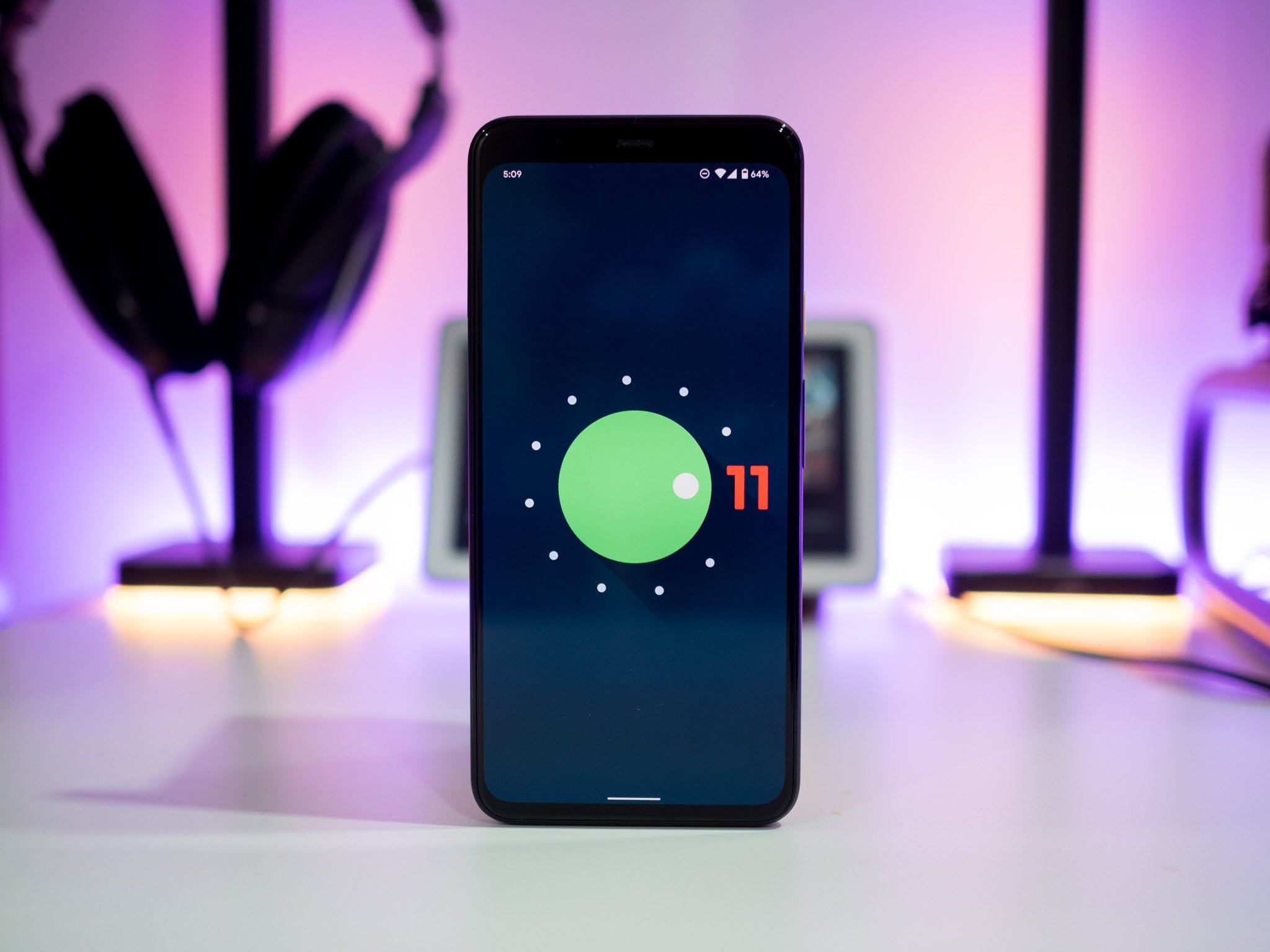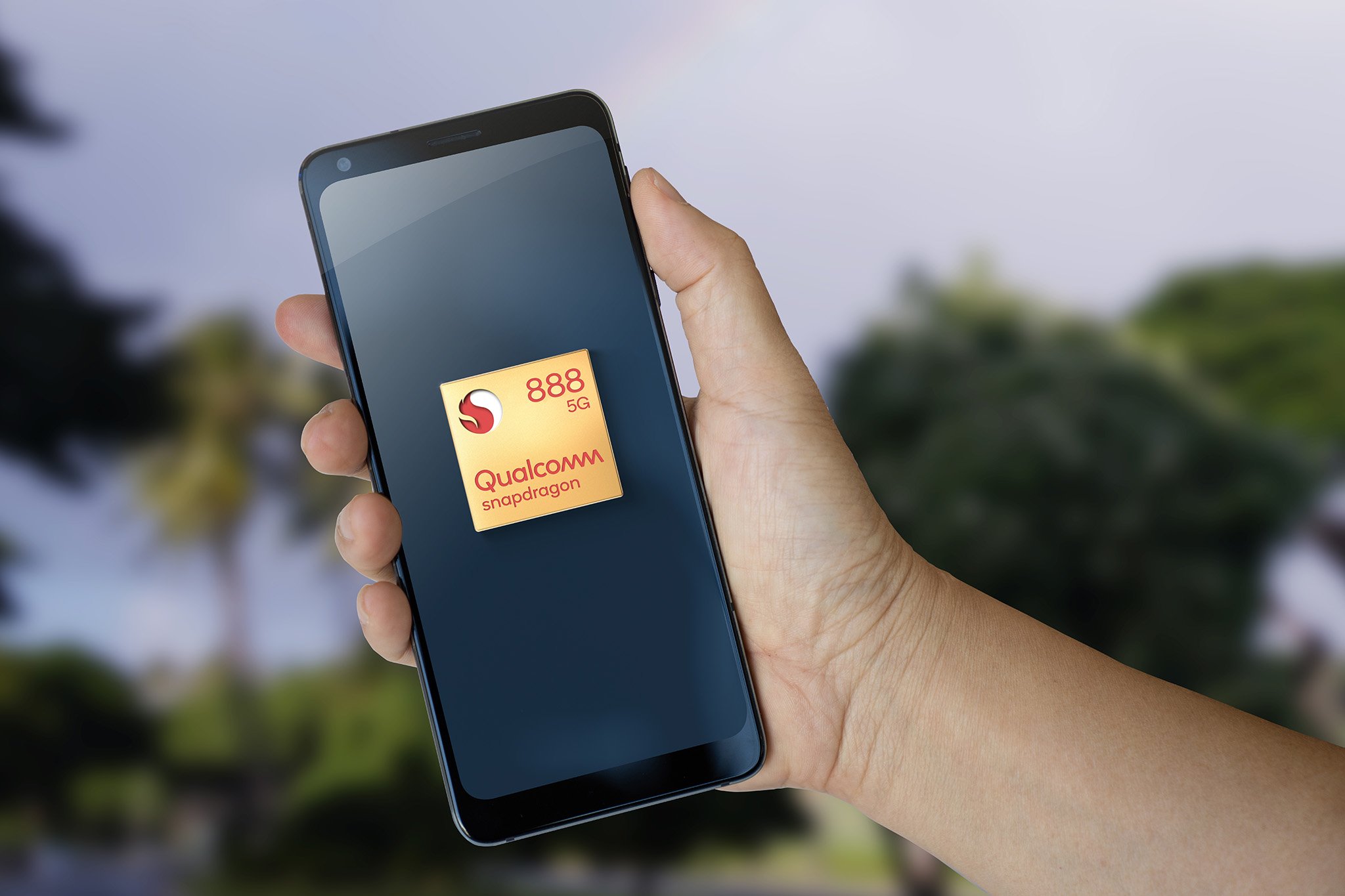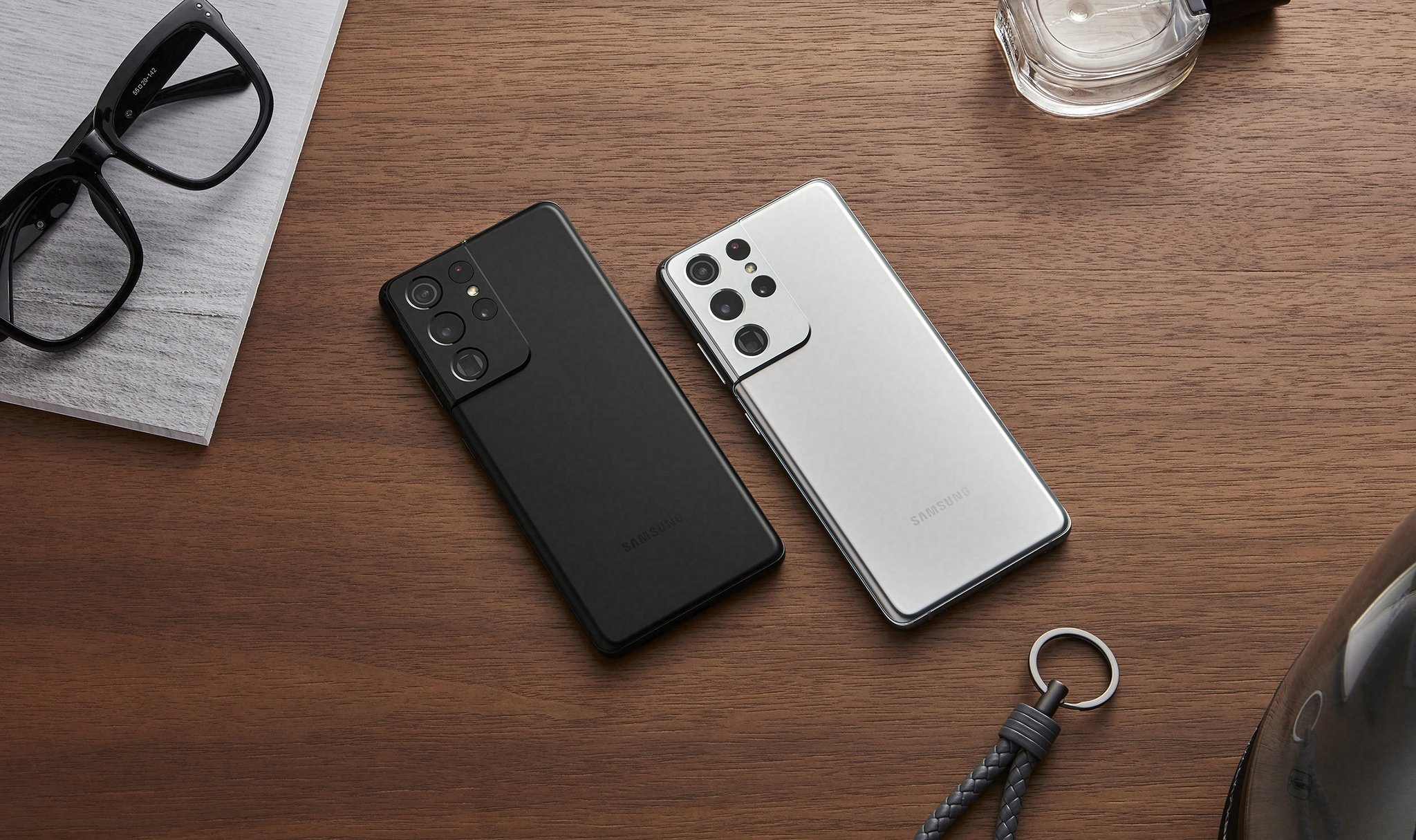Google's Pixel 5 was a mediocre phone, so let's see how the 6 can up the ante.
The annual Pixel launch has become somewhat of a highlight for Android watchers ever since Google launched the line back in 2016. Love them or hate them, they are always some of the best Android phones and it's nice to see what Google's doing on the hardware front.
Last year's Pixel 5 for one was a bit of a strange phone. It was praised for being a good camera phone and offering a stripped down experience for less money (and it does do those things), but it also had too little setting it above the Pixel 4a or 4a 5G. Personally, I find the less is more approach Google took to the Pixel 5 can only go so far before you're just getting less, period. This year, it'd be nice to have the company offer a litle more with its hardware so that it doesn't need to be carried by software.
Curiously, while we had leaks of upcoming Pixels by this time last year and the year before, this hasn't happened at this point in the year. This means we have free rein to speculate on what could be coming down the line, and there are a couple of things I'd like to see from this year's Pixel 6 when it arrives towards the end of the year.
1. At least five years of software support
 Google's Pixels can boast two years of speedy updates.
Google's Pixels can boast two years of speedy updates.
While Google already supports its Pixels with updates for 3 years, offering brisk releases and rolling them out with Apple-esque efficiency, the longevity of its support leaves a lot to be desired.
Sure you get fast updates, but you don't get them for very long. Apple for one, supports its phones for almost 6 years, with the iPhone 6s and iPhone 6s Plus running iOS 14. The first Pixel, launched to coincide with the iPhone 7, does not support the latest version of Android. The Pixel 2 and 2 XL similarly have received their last updates, not even benefiting from the December feature drop that came at the end of the year. In contrast, the iPhone 7 is running iOS 14 right now and can be expected to get iOS 15 later this year.
We don't need to go to Apple's side to find ridiculously long support times. The Samsung Galaxy S7 received its last updates in October 2020, four years after launch. In general, Samsung has announced at least three years of updates for its phones. This means that Google's phones will now be on par with Samsung's as far as updates go, but still far behind Apple.
Old Pixel phones are still perfectly usable, so there's no satisfying reason for Google not to support them with OS updates for longer.
If trends hold, we can expect that the Pixel 3 is next on the update chopping board in October 2021. But a Pixel 3 is a perfectly usable smartphone in 2021, and I'd argue the same goes for the Pixel 2 and 2 XL. There's no reason for Google not to support Pixels with OS updates for longer, especially when its smartphone hardware has genuinely gotten so good that Google doesn't see the need to change its camera hardware for years on end (more on that in a moment).
Google prides itself on its sustainability, even going as far as to tout the recycled aluminum that Pixel 5 uses. Giving users incentive to hold on to their existing phones for longer is also good for the environment, even if it is less flashy.
2. The Snapdragon 888 should power the Pixel 6
 The Snapdragon 888 offers improvements in photography as well.
The Snapdragon 888 offers improvements in photography as well.
It's a little odd to list a flagship processor as a requirement for what should be a flagship phone, but Google still needs to put it in. While Google had typically shipped its flagship Pixel devices with the top-end processor for their launch years, it didn't do that with the Pixel 5. Instead, it took inspiration from Nokia and LG and opted for a weaker Snapdragon 765 processor. With the Pixel 6, Google should do the right thing and get the best silicon available. It is true that Google has been making the best of limited technical capabilities, relying on software optimization to deliver optimization, but how much more would it be able to do if it had more power available to work with?
With a flagship phone, it's better to have power and not need it than need it and not have it.
To curtail the obvious objections, no one is going to praise Google for having a Snapdragon 888 or reward them with hundreds of millions of sales, and Google shouldn't expect accolades for doing so any more than people should expect applause for wearing pants to the grocery store. Having a flagship processor is just table-stakes to be competitive in the market. We don't need all that power all of the time, but it's better to have it and not need it than need it and not have it. If Google can ship a Chromebook with an i7, 16GB of RAM, and a QHD display, it can ship an Android phone with a powerful processor. People who want the bare minimum can look towards the A-series.
3. The Pixel 6 should come with a bigger screen option
![]() The Pixel 4 was the last flagship Pixel with an XL model.
The Pixel 4 was the last flagship Pixel with an XL model.
The Pixel 5 was an outlier in Pixel history in many ways. Where every single preceding Pixel —and to some extent, the 4a —all shipped with an XL version, the 5 offered one size only. Either you liked it, or you went somewhere else.
There are people who like small phones (but not too small), and there are people who like big phones. Third-party OEMs understand this and offer variety. Google sorta does this with the Pixel 5, offering a smallish phone that's also biggish. It's not going to really satisfy you if you want a small phone, nor will it do so if you want a big phone. It's a perfectly fine way of doing things. But for the Pixel 6, it would be nice to see Google splitting the phones into two distinct sizes again.
4. A Better Display
![]() Google brought smooth displays to the Pixel line with the Pixel 4's 90Hz display.
Google brought smooth displays to the Pixel line with the Pixel 4's 90Hz display.
Budget phones from Xiaomi's Mi 10T Lite to the upcoming Galaxy A52 and A75 5G adopt high refresh rates; it's time for Google to do the same. Google does have 90Hz on the Pixel 5, but in 2020 it should have been better if the Pixel 4a that shipped with 90Hz, while the Pixel 5 made the jump to 120Hz or 144Hz.
I don't think Google has to go that high. While phones like the ROG Phone 3 have 144Hz displays, those are more aimed at gamers. A 120Hz screen, on the other hand, is necessary to match offerings by Samsung to ensure that Google doesn't fall behind in a place where it had excelled in 2018.
If Google wanted to return to using a QHD display as it did on the Pixel 4 XL, that wouldn't be too bad either.
5. The Pixel 6 should be interesting to look at
![]() The Black and White Pixel 2 XL was an aesthetic marvel.
The Black and White Pixel 2 XL was an aesthetic marvel.
The Pixel 5 has the design equivalent of plain porridge compared to 2020's mouth-watering lineup of well-designed phones.
There's no denying that while the Pixel 5 and 4a series have their charm, compared to previous Pixels, they are very, very bland. You don't get a nice two-toned rear, nor do you get a delightful Panda colorway, or even playful Purplish and Not-Pink tones. In most cases, you don't even get to pick between black and white. Google offers Just Black and you take it or leave it. It's kinda trying — US buyers can access the Barely Blue Pixel 4a model, Clearly White 4a 5G, or Pixel 5 Sorta Sage — but Google could do a lot better.
Where phones from Samsung, Nokia, Xiaomi, etc, all come with interesting, distinct designs and wild colors, Google currently presents the design equivalent of plain porridge, and that's something it should keep exclusive to its 2020 models.
6. The Pixel 6 should have flexible cameras
While the Pixel-line made its name as a camera-focused line of smartphones, recent Pixels have merely coasted on that reputation. The hardware improvements since the Pixel 3 have more or less focused on secondary cameras, with Google opting to keep the same primary sensor while testing out a different style of secondary camera. With the Pixel 3, it had an ultra-wide secondary front-facing camera. Google dropped that in the Pixel 4 but added a secondary rear-facing telephoto lens. It then dropped that for the Pixel 5 for an ultra-wide camera. It does strike as a bit of strategic indecision that isn't reflected in rivals who tend to be more additive rather than subtractive. Combined with the camera lens stagnation, Google's Pixels are on the cusp of pulling a Lumia and falling behind.
ALSO! Didn’t really bother posting any head-to-head with the Pixel 5 because the S21 Ultra and iPhone 12 Pro Max are definitively better in almost all shooting conditions.
— Dieter Bohn (@backlon) January 21, 2021
Google’s insistence on using the same old camera sensor every single year has finally caught up to it.
This is not to say that the cameras are bad. Google's Pixel 3 was years ahead in that department, but time marches on, and yesterday's years ahead is in danger of simply being yesterday. Google could consider dipping into its past and rolling all of these secondary cameras into a triple or quad-camera layout. It doesn't even have to go overboard with 2 MP macro cameras or 1MP infrared cameras or other ridiculousness that some OEMs saddle their phones with as part of a cynical ploy to inflate the camera count. It just has to match the market and then provide its value add-ons on top.
What do you want to see?
That's what I'm hoping to see in the Pixel 6. It's ridiculously unambitious in its 'faster horse' asks, but I'm a simple man sometimes. Google is aiming to launch a foldable pretty soon, but it'd be nice to see it nail a very good basic smartphone too. I now want to hear from you. What do you want to see in the Pixel 6? Should Google stay the course and keep making phones like the Pixel 5 or should it be grander with its handsets?
Share your thoughts in the comments below and let us know!
Source: androidcentral
